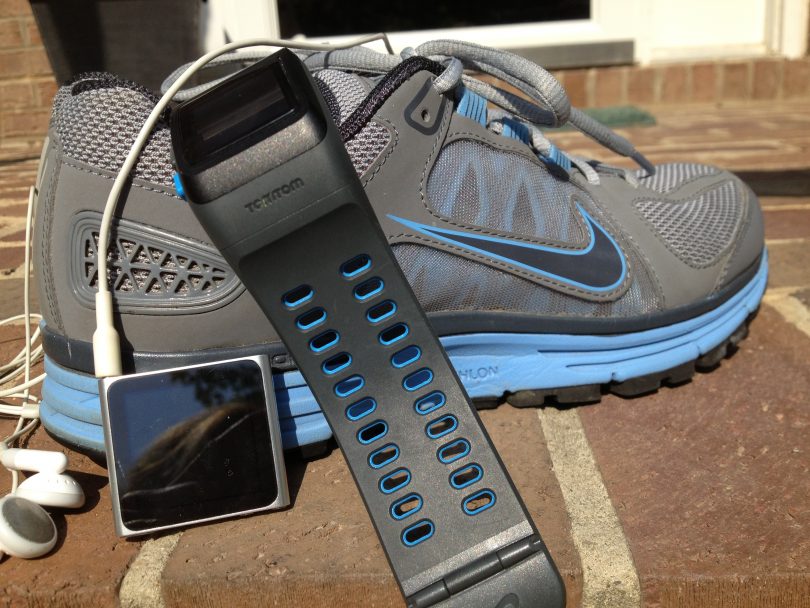There are those who start out with a strong dedication to the physical aspect of being, and others grow into it, and still others who choose to moan about it, yet never actually DO anything about it. Your physical state is a reflection of your mental and spiritual state, and the reverse is true as well.
Whatever the reason, or whatever state you’re in, it is never too late to start a program to increase your physical well being.
You want to start your program with a clear indication of your exact state of physical being. For many, this can be a difficult step. No one wants to hear they’re over or under weight, their blood pressure is elevated, or their cholesterol levels are too high. Realize that this is your current state. Anything you do from this point forward involves change. You need a baseline to monitor the changes. Find some champions to help you in your efforts! There will be those that don’t understand your new efforts for physical improvements. Then, there will be those who applaud every step your make in your progress.
Learn the difference, and keep your champions.
Now, you’ve made the decision to start getting your physical form into shape. Where to begin?
Get out and walk!
Buy a pedometer, find an MP3 player and put some upbeat music on it, something greater than 80 beats per minute and get yourself outside and learn about your neighborhood. If your neighborhood is unsafe, go to your local high school and walk a few laps.
The Rambler’s Association ( http://www.ramblers.org.uk/) states the following benefits of regular walking. A daily practice will:
- Help manage weight
- Improve heart, lungs and circulation
- Reduce the risk of many degenerative diseases
- Improve mood, reduce anxiety, aid in sleep, and improve your overall self image
Start out with five or ten minutes a day and work your way up to 20 minutes a day. Your goal should eventually be a 20-minute mile.
A few other great benefits?
- It’s free! You don’t need expensive equipment, extensive training or a gym membership (unless you’d prefer to walk on the treadmill).
- You can choose what time you want to walk. Unless you’re walking with a buddy, you don’t need to schedule a time. You can vary your path and speed.
- You can walk anywhere. Enjoy the scenery on your vacations.
We do recommend that you look into getting appropriate shoes if you’re going to be walking regularly. Your knees and feet will thank you. Always make sure you let someone know where you’re going or have your cell phone with you. Safety first.
According to the Mayo Clinic: “The Department of Health and Human Services recommends at least two hours and 30 minutes a week of moderate aerobic activity or one hour and 15 minutes a week of vigorous aerobic activity — preferably spread throughout the week — and strength training exercises at least twice a week.”
How to stay on track?
Keep a record! Keep track of days, distance, and time. As you see the numbers increase, you’ll keep your motivation.
If you’re an app junkie, some great applications include:
- MapMyFitness – http://www.mapmyfitness.com/
- Calorie Counter – https://itunes.apple.com/us/app/calorie-counter-by-fatsecret/id364140848?mt=8
- MyFitnessPal – http://www.myfitnesspal.com/
- Fitbit – http://www.fitbit.com/
- Nike +iPod – http://nikeplus.nike.com/plus/products/gps_app/
Other resources:
- Book: “Thin Body: The Magic of Walking 10,000 Steps” by Scott Walker
- Book: “Walking For Weight Loss” by Jago Holmes
- Book: “Born to Run” by Christopher McDougall
- Book: “Four Hour Body” by Tim Ferriss


